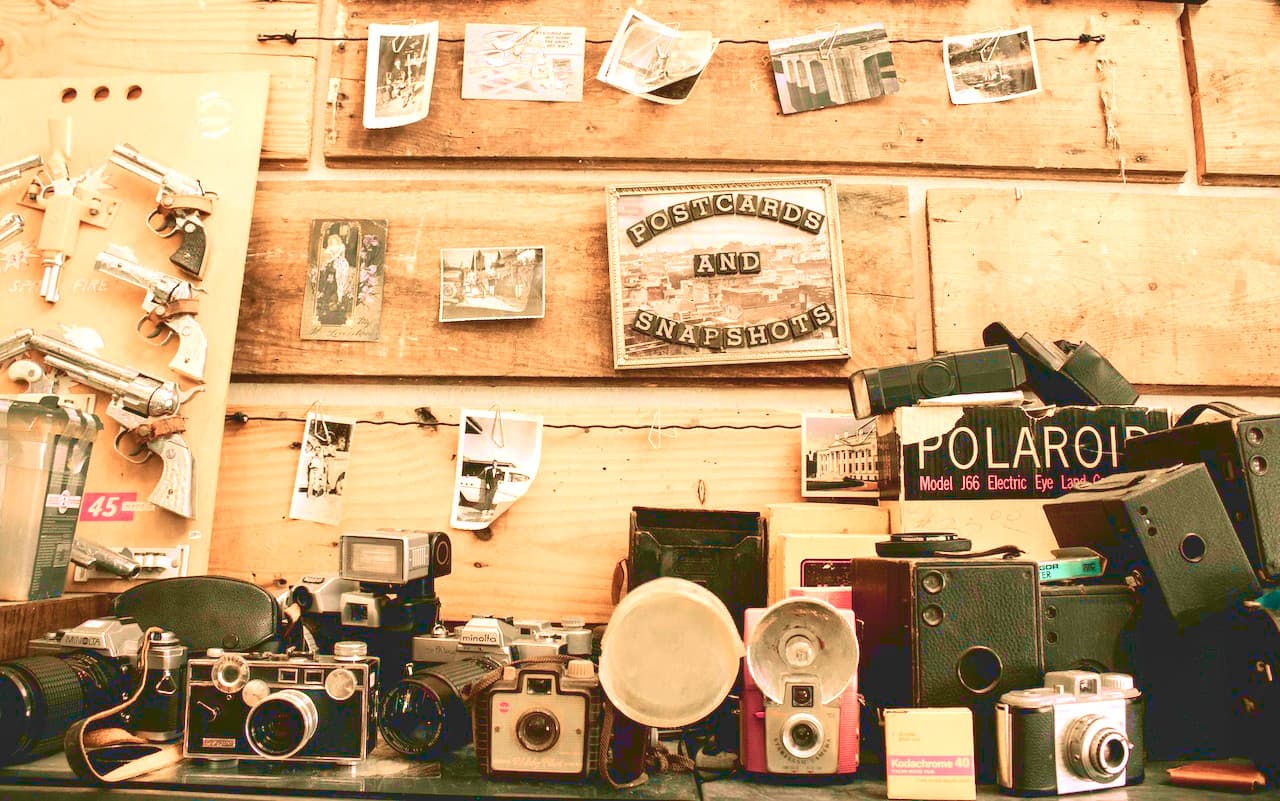In a world where technology advances at an unprecedented pace, the enduring popularity of film cameras may come as a surprise to some. Yet, despite the emergence of digital photography, the film camera has managed to maintain its loyal following. Perhaps it is the nostalgia factor that draws people towards the traditional format, or perhaps it is the aesthetic appeal of film photography, with its warm tones and natural grain. Whatever the reason, one thing is clear: film cameras are not going away anytime soon. In fact, their popularity seems to be on the rise, as more and more people rediscover the joys of analogue photography. Whether it is the thrill of waiting for your prints to be developed or the sense of nostalgia that comes with holding a physical image in your hands, the film camera has a charm that transcends its digital counterparts. For many, film photography is not just a hobby, it is a passion, and one that is unlikely to fade away anytime soon.
New aspects of photography on old cameras
In the past few years, photography has been redefined as we know it. With the rise of smartphones and advanced cameras, it’s easy to overlook the potential of old analog cameras. However, some photographers have started experimenting with how they can enhance their photos by using old, traditional cameras. With a renewed appreciation for film and other traditional materials, photographers are exploring new aspects of photography on old cameras. Although it takes time and patience to master the art of these cameras, many photographers are discovering a new level of creativity and spontaneity in their work. It’s exciting to see how the limits of old cameras are being pushed and how it’s shaping the art of photography.
How to maintain an old film camera
Old film cameras can be a thing of beauty, capturing the essence of a moment in time while adding a unique flair to your photography. Yet, maintaining one can seem daunting for those who may be accustomed to digital photography. To ensure your camera remains in top condition, start with regular cleaning and lubrication of the moving parts. Be gentle with the camera’s mechanics and keep it away from moisture and excessive heat. Do not forget to invest in high-quality film, and store it in a cool, dry place. Regularly use your camera to prevent the lubricants from hardening and seizing up the gears. With proper care and attention, your old film camera can be a treasure worth cherishing for years to come.
Photo developing at home
In the age of instant gratification, waiting for photographs to be developed seems almost ancient. However, there’s something special about sitting down and carefully developing your own photos. Not only does it give you a greater appreciation for the art and process of photography, but it allows you to have complete control over the final product. Plus, with the availability of at-home photo developing kits, it’s easier than ever to take on this rewarding hobby. From selecting the right paper to perfecting the timing and chemicals, there’s a true sense of accomplishment that comes with creating a beautiful print from start to finish. So why not give it a try? You might just surprise yourself with the results.
Equipment for photo developing at home
With the increasing popularity of photography, it’s no surprise that more people are looking for ways to develop their own photos from the comfort of their own homes. Fortunately, there are a number of options available for those who are interested in taking on this task. From simple darkroom sets for beginners to more advanced equipment for experienced photographers, there’s a wide range of equipment available to meet everyone’s needs. For those who are just starting out, basic equipment such as a film developing tank, funnel, changing bag, and thermometer are all essential tools that can help ensure consistent and high-quality results. Meanwhile, more experienced photographers may want to invest in more advanced tools such as color filters, densitometers, and enlargers to achieve truly professional results. Whatever your level of experience or the desired outcome of your photo developing process, the right equipment can help make the task simpler and more rewarding in the long run.
Where to buy quality photo paper
When it comes to printing photos, the quality of the paper you use can make a huge difference in the final product. So, where can you find quality photo paper? One great option is to shop online. Online retailers like Amazon and B&H Photo offer a wide selection of photo paper brands and types, making it easy to find the perfect fit for your printer and photography needs. Another option is to check out your local camera or office supply store. Places like Best Buy, Staples, and Office Depot carry photo paper from trusted brands like Canon, Epson, and HP. No matter where you choose to shop, be sure to read reviews and compare prices to ensure you’re getting the best quality photo paper for your budget.
